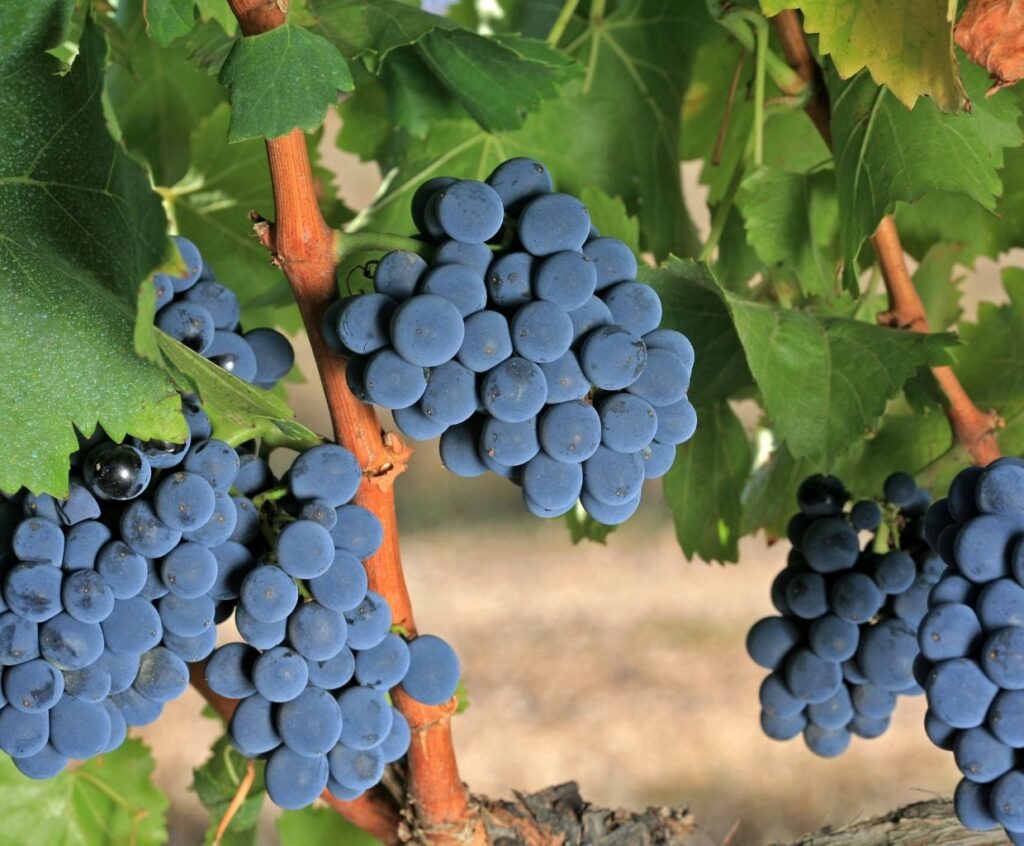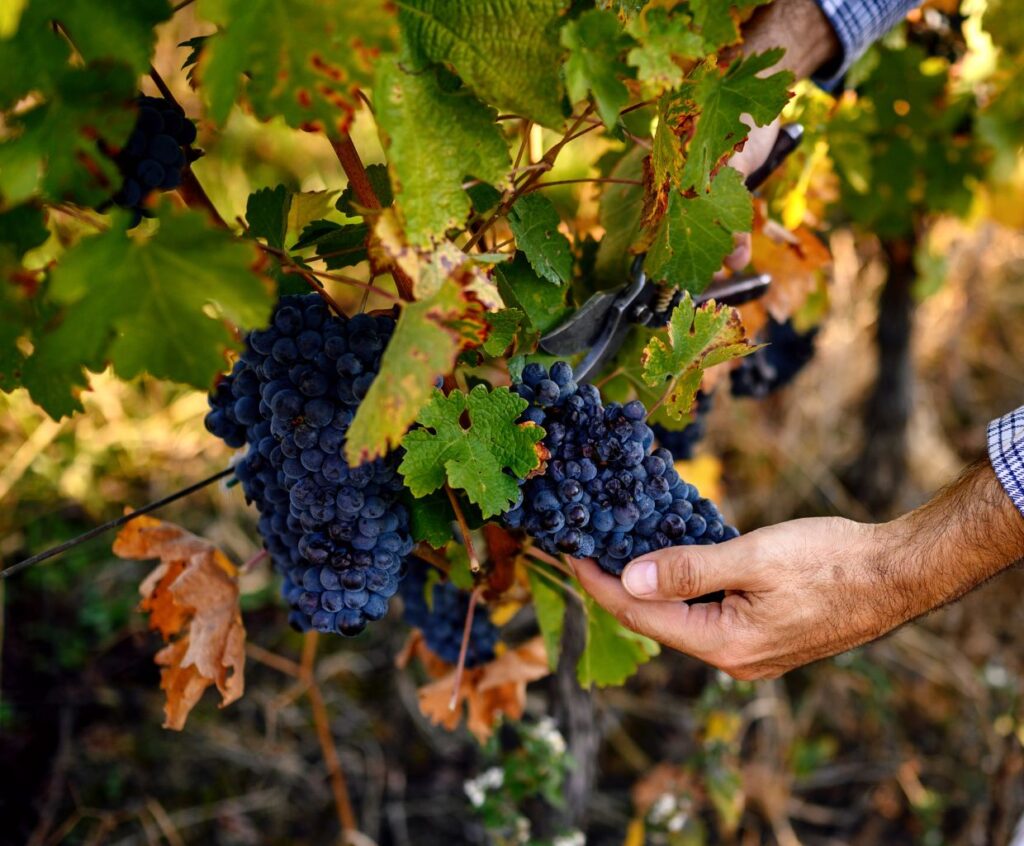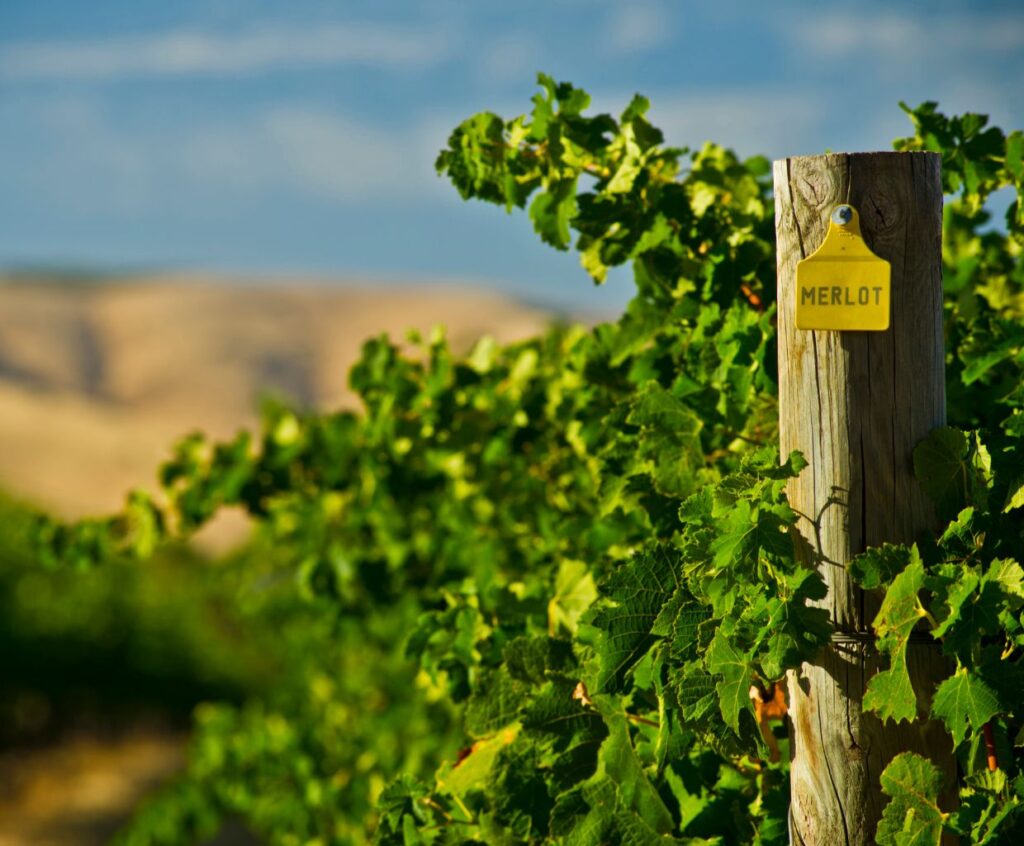Garnacha vs. Grenache: Unveiling the Identity of a Versatile Grape
Have you ever wondered about the fascinating world of grape varieties? One such grape that often piques interest is Garnacha, or as it is known in other parts of the world, Grenache. This versatile grape has a long and intriguing history, and its different names can confuse wine enthusiasts.
In this article, we will delve into the world of Garnacha/Grenache and uncover the secrets behind its various identities.
The Origins of a Grape
Garnacha/Grenache is believed to have originated in the northeastern region of Spain, in the region of Aragon. However, it soon spread across the globe, finding a new home in France and other countries. The grape thrived in different terroirs, adapting to different climatic conditions and soil types, contributing to its versatility and popularity.
A Tale of Two Names
So why does this grape have two names? The answer lies in the language differences across the regions where it is grown. In Spain, the grape is Garnacha, derived from the Aragonese word “garnet.” In France and other parts of the world, it goes by the name Grenache, the French adaptation of the Spanish name.
Though the names differ, the grape remains the same, showcasing its ability to transcend borders and cultures.
A Versatile Grape
Garnacha/Grenache is highly regarded for its versatility in winemaking. Whether used in red, white, or rosé wines, this grape showcases its unique characteristics and adapts to different winemaking techniques.
Red wines often present bold flavors of red fruits, spices, and a hint of earthiness. White and rosé wines bring refreshing and fruity notes, making it a popular choice for summer sipping.
Food Pairing with Garnacha/Grenache
Due to its versatility, Garnacha/Grenache pairs well with a wide range of dishes. In red wines, it complements grilled meats, stews, and aged cheeses. White and rosé wines pair beautifully with seafood, salads, and light pasta dishes.
The grape’s ability to harmonize with various flavors makes it a go-to choice for food and wine enthusiasts seeking a versatile pairing.
The Future of Garnacha/Grenache
As the appreciation for diverse grape varieties grows, Garnacha/Grenache is gaining recognition in the wine world. Winemakers are experimenting with different styles and blends, showcasing the grape’s potential in exciting and innovative ways. Whether you refer to it as Garnacha or Grenache, one thing remains certain – this versatile grape will continue to captivate wine lovers for years.
So next time you come across a bottle of Garnacha or Grenache, embrace the versatility and rich history that this grape embodies. Explore the different flavors it offers and enjoy the experience of uncovering the identity of this remarkable grape.
What are some notable examples of outstanding wines from Garnacha and Grenache grapes?
Several notable examples of outstanding wines made from Garnacha and Grenache grapes exist. Here are a few examples and what sets them apart in terms of quality and uniqueness:
1. Châteauneuf-du-Pape: This famous French appellation in the Rhône Valley produces exceptional red wines predominantly from Grenache grapes. These wines are known for their complexity, rich flavors of dark fruits, spices, and earthy notes. They often exhibit a unique blend of power, elegance, and a great aging potential.
2. Priorat: Located in Catalonia, Spain, Priorat is renowned for producing high-quality wines from old-vine Garnacha and Carignan grapes. The wines are known for their intense concentration, remarkable depth, and excellent structure. They often display flavors of blackberries, licorice, and mineral undertones with a velvety texture.
3. Priorat Blanc: Priorat also produces outstanding white wines besides red wines. These wines are made primarily from Garnacha Blanca (White Grenache) and offer a distinct aromatic profile with notes of citrus, white flowers, and mineral undertones. They are known for their freshness, complexity, and ability to age gracefully.
4. Côtes du Rhône: The Côtes du Rhône region in France produces a range of wines that often include Grenache as a significant component. These wines offer an excellent balance of fruitiness, spice, and earthiness. They are known for their approachability, versatility, and affordability, making them stand out as great value wines.
Overall, what sets these wines apart is the ability of Garnacha and Grenache grapes to express themselves differently in various regions, showcasing their versatility and adaptability. Their unique flavors, structure, and aging potential contribute to their outstanding quality, making them highly sought after by wine enthusiasts worldwide.
How does the identity of Garnacha and Grenache grapes vary across different wine regions, and what factors contribute to these variations?
The identity of Garnacha and Grenache grapes can vary across wine regions due to various factors. These factors include climate, soil, vineyard management practices, winemaking techniques, and stylistic preferences.
Climate plays a significant role in shaping the identity of these grapes. Garnacha/Grenache grapes thrive in warm and dry climates, allowing them to ripen and fully develop their characteristic flavors and aromas. In regions with cooler climates, the grapes may struggle to ripen fully, resulting in wines with higher acidity and less fruit-forward characteristics.
Soil composition also contributes to the variations in these grapes. Different soil types, such as limestone, clay, or sandy soils, can impart distinct characteristics to the grapes. For example, grapes grown in limestone-rich soils may produce wines with minerality, while those grown in sandy soils may have lighter and more delicate flavors.
Vineyard management practices, such as pruning, trellising, and irrigation, can also influence the identity of Garnacha and Grenache grapes. Different pruning techniques can affect the yield and concentration of flavors in the grapes. Similarly, irrigation practices can impact the water stress levels experienced by the vines, which can affect the grape’s characteristics.
Winemaking techniques and stylistic preferences of winemakers further contribute to the variations in Garnacha and Grenache wines. Some winemakers may ferment and age the wines in oak barrels, adding complexity and oak-derived flavors, while others may prefer stainless steel tanks for a fresher and fruit-forward expression. The use of different yeast strains, fermentation temperatures, and maceration times can also influence the final wine’s profile.
Overall, the variations in the identity of Garnacha and Grenache grapes across different wine regions result from these multiple factors working together to shape the grape’s characteristics and the resulting wines.




